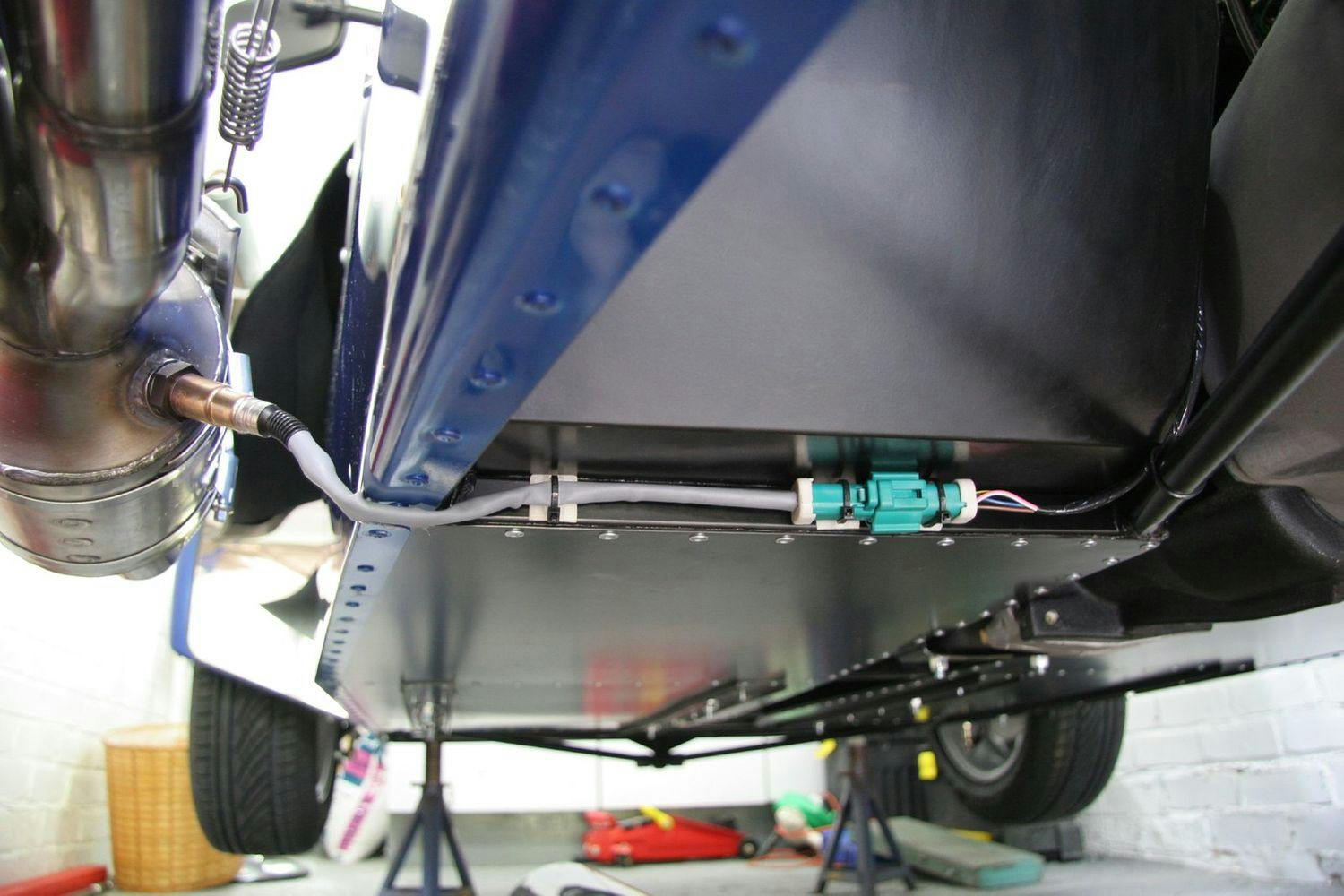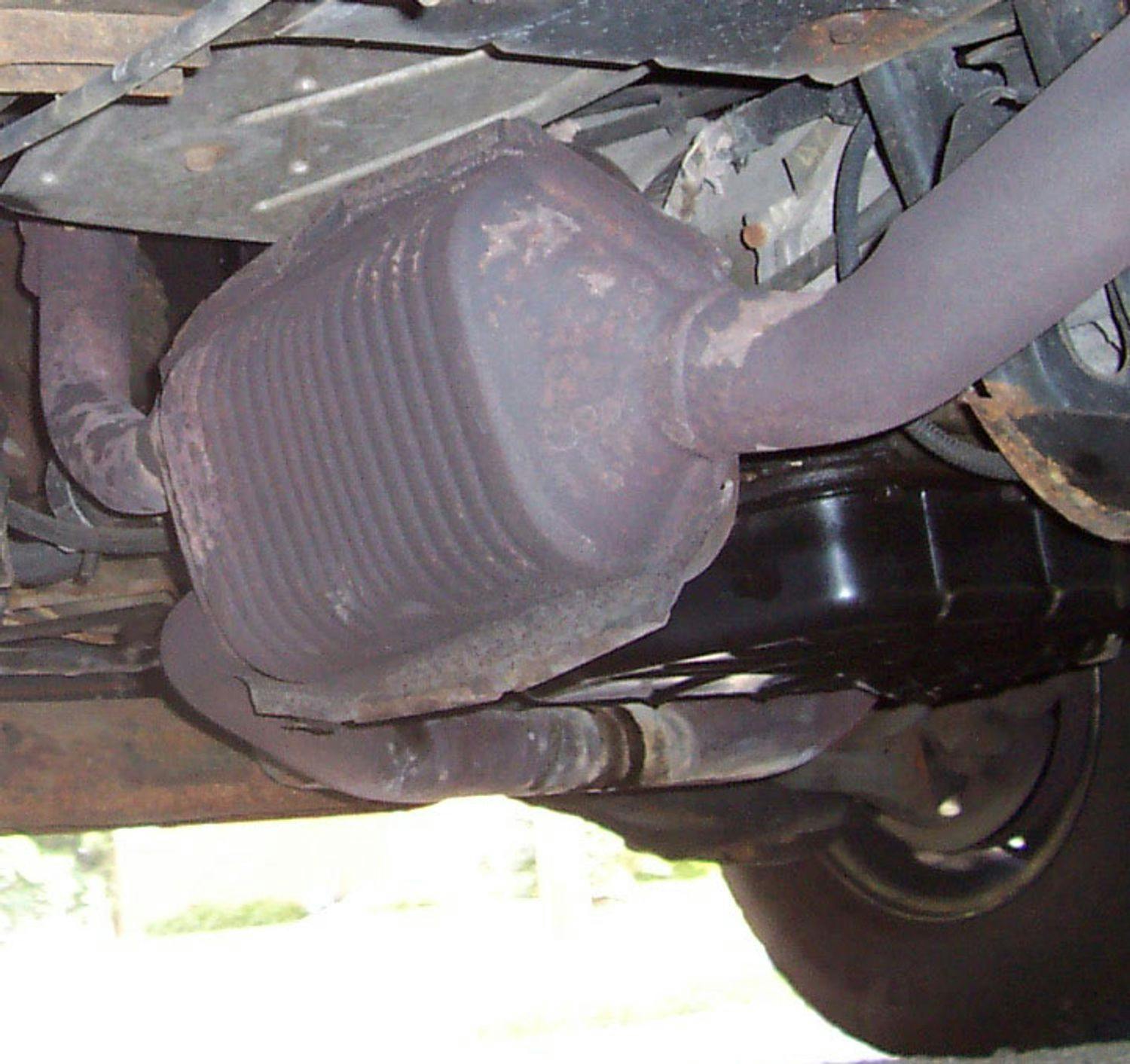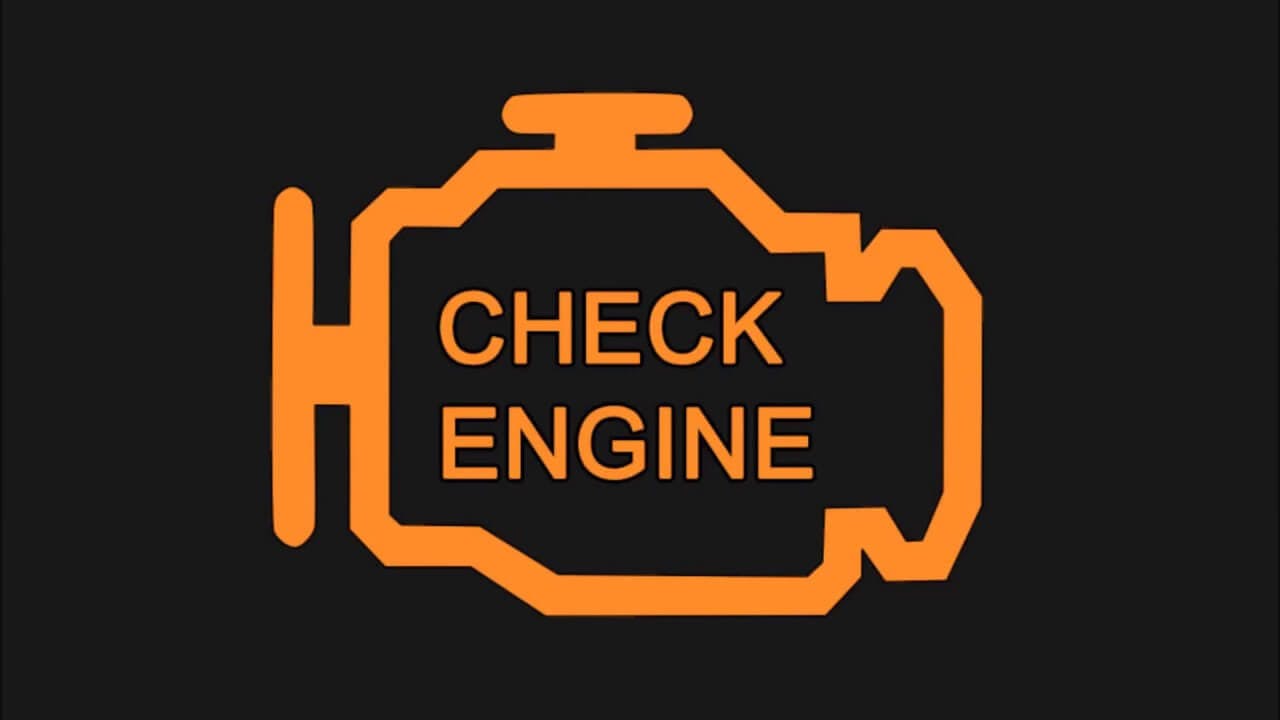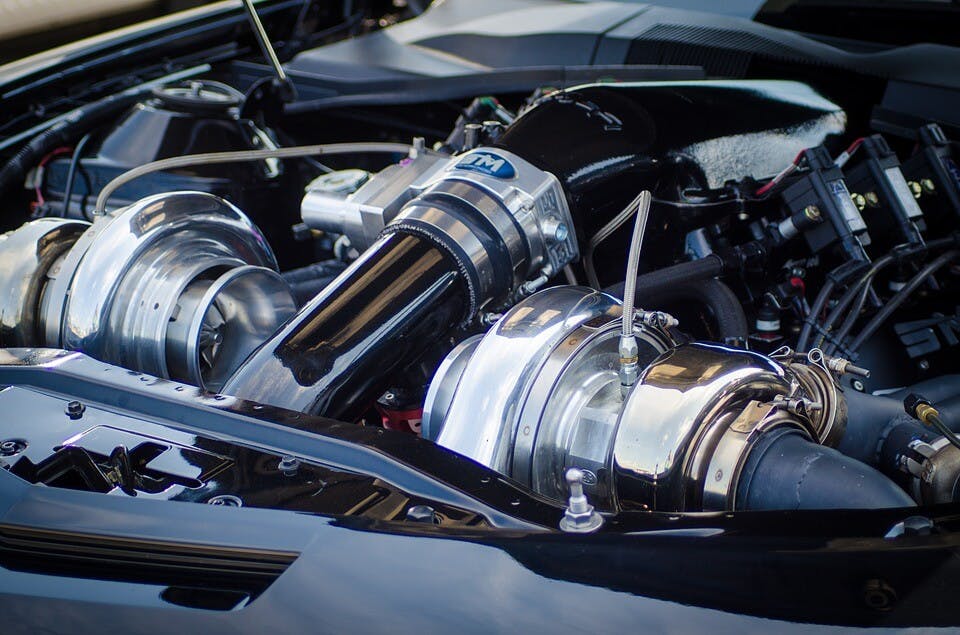Lambda Probe Malfunction: What is the cause?

A malfunction of the lambda probe can be the cause of increased fuel consumption and rough idle or irregular engine operation. In today's article, we will talk about how a malfunction of the lambda probe manifests itself and what problems it causes.
Before we start, though, let's look at the lambda probe function and how it affects the engine.
Inhaltsverzeichnis
What is lambda probe for?
A lambda probe is an oxygen sensor in the exhaust pipe used in all spark-ignition engines with electric gasoline injection, but some modern diesel engines are also equipped with it.
A lambda probe reacts to oxygen in the exhaust pipe and generates an electrical signal based on a chemical reaction. This signal is sent to the engine control unit, which then uses the throttle valve and injectors to adjust the ratio of fuel and air in the working space. The output value of the signal sent by the lambda probe to the engine control unit changes depending on the oxygen content in the exhaust pipe.
Using the lambda probe, the engine control unit is able to create the best air and fuel ratio, thanks to which the engine works economically and produces fewer harmful substances. The lambda probe has a similar shape to the spark plug and is made of platinum and ceramic materials.

Lambda probe: What does this device do?
However, modern cars are equipped with two lambda probes. The first lambda probe, the regulatory probe, is in front of the catalytic converter and fulfills its classic function. The second lambda probe, referred to as diagnostic, is located behind the catalyst, and its task is to check the effectiveness of the catalytic converter.

Catalytic converter: What is its function, and how can it be damaged?
If the catalyst is non-functional, it does not decompose harmful substances. Therefore, if the second lambda probe measures the same values as the first, it means that the catalyst is not working, as a result of which the engine switches to the emergency mode or the check engine warning light comes on.
What problems does the faulty lambda probe cause?
A malfunction of the lambda probe can cause several problems, especially high fuel consumption, rough idle, irregular engine operation, or bad starts. Let's take a look at how these problems manifest themselves.
1. High fuel consumption
If the lambda probe is worn out and not out of service for good, the engine runs normally, and the check engine light does not light up. Everything looks fine to the eye, even if it isn't.

Check Engine Warning Light: What malfunction can it indicate?
However, a worn lambda probe can be detected relatively easily by the smell of gasoline produced behind the car, even if the engine is warmed up to its operating temperature. This means that the mixture is richer than it really should be.
Another symptom of a worn lambda probe is increased fuel consumption. You may not notice it, especially if you do not use the car alone or buy a car whose lambda probe was already in bad condition. However, a worn lambda probe is also manifested by a decrease in performance, which the driver gets used to, since it does not occur suddenly but continuously.

High Fuel Consumption: 14 most common causes
The actual condition of the lambda probe can be detected by measuring the voltage on its positive and negative wires.
2. Rough idle, irregular operation, and bad starts
If the lambda probe is permanently damaged or its lifespan is already ending, the problems are manifested by the following:
Difficult starts
Rough idle
Irregular and uncultivated engine operation accompanied by power fluctuations
In some cases, the control unit can set the engine to emergency mode, in which the mixture will be mixed according to the stoichiometric ratio. However, the check engine warning light indicates the lambda probe's malfunction in such a case.
In the event that there are two lambda probes in the exhaust pipe, while the problem is only with the diagnostic one, i.e., the lambda probe, which is located behind the catalytic converter, there will be a mismatch between the two lambda probes.
This will cause the check engine symbol on the dash to come on, but the engine operation, power, or fuel economy will not change. So the only problem is that you won't pass a technical check with such a car.

Engine Power And Torque: Which of these parameters is more important?
In addition to the mentioned problems, a malfunction of the lambda probe can also cause damage to the catalytic converter if left untreated for a long time. The latter can be damaged by high temperatures arising in the exhaust pipe as a result of the combustion of an overly rich mixture, even in engine modes when this is not desirable.
Causes of lambda probe malfunction

1. Natural wear/damage
The lambda probe is exposed to very undesirable influences in the exhaust pipe. This is mainly due to the high temperature and aggressive chemical effect of the exhaust gases. It is, therefore, natural that the lambda probe wears out over time and will reach its lifespan one day.
2. Mechanical damage
The most common mechanical damage to the lambda probe occurs during its assembly. Among them, we can include, for example:
Lambda probe breakage (incorrect installation)
Broken wire (incorrect assembly)
Loose probe seal (incorrect assembly)
Corrosion (moisture)
Deposits on the sensor (burning oil, coolant)